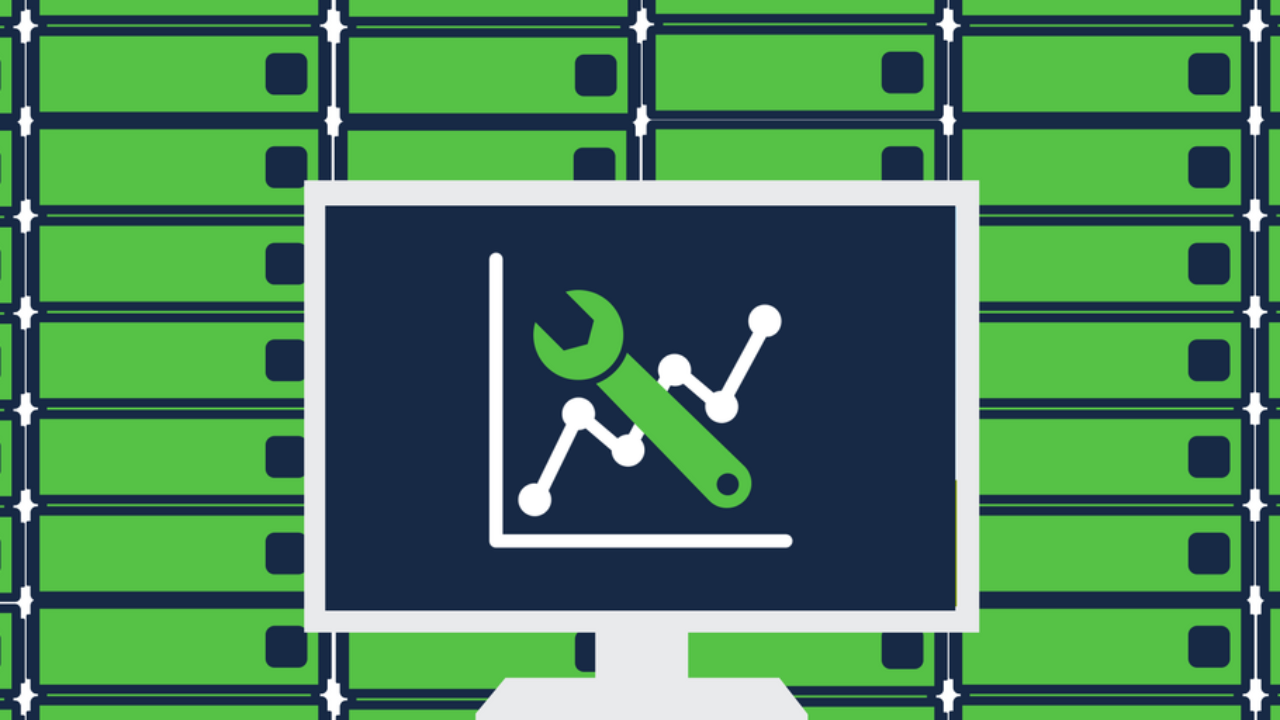People have a general sense of what it means to be reliable. Someone reliable will never let you down, even in your most difficult times. A dependable product will not break down and works as advertised. It is one of the reasons why consumers are willing to pay a premium for such a brand.
In engineering, reliability is critical. The process minimizes, if not eliminates, defects, increases productivity, and boosts performance. Not many people know it, but there is actually a sub-discipline of engineering, and it is called reliability engineering.
Another variation is site reliability engineering, which means that the third-party service provider will visit your office to ensure everything functions as it should.
For instance, according to computer hardware manufacturer Seagate, about 140,000 hard drives break down every week in the United States. That is an alarming statistic considering that hard drive failure is the top reason for unplanned downtime for a business.
The importance of site reliability engineering
Here are some of the reasons why site reliability engineering is essential:
- It saves time. Any downtime will result in the operations being hampered. If the machine is mission-critical, it will shut down the whole plant, for instance. If your central server is not working, you have to call in the IT team to fix it. Meanwhile, productivity is affected while everybody is waiting for it to be repaired.
- It clears expectations. With a reliable product, customers know what to expect. There is a whale of a difference in engineering between a Ferrari and a Honda, performance-wise. For example, if you buy a Whirlpool or LG washing machine, you know that it will not break down as much. In fact, only about seven percent of these appliances require servicing.
- It gives better projections. For a company, you can make more accurate projections when it comes to budgets and revenue goals. Since you can take out machine failure from the equation, you have a better picture of your productivity.
- It helps money. This one is quite obvious. Of course, with fewer parts to purchase and fewer labor hours to pay for the IT team, you will save a lot of money within the fiscal period. In the same vein, it will enhance your distribution system, since you have less spare parts to move around. You can better use that money elsewhere.
- Deals with liability. Defective products are costing manufacturers millions in settlement payments. According to 2011 statistics, industrial and construction companies paid a total of $1.254 million in product liability cases. Defective medical products accounted for $1.078 million of the total civil damages. Aside from the money, faulty products can severely damage their reputation. For instance, do you remember the defective ignition switches on GM vehicles in 2014, which caused 13 deaths and 31 road accidents? The sales of the car manufacturer plummeted, and it took them a long time to recover.
Site reliability engineers will also utilize risk assessment checklists to determine the integrity of your systems. Among the techniques are hazard analysis, fault tree analysis, probability, reliability centered maintenance, and failure mode and effects analysis. The crucial thing is the attention to detail. As you know, one item that the engineer can miss out may spell disaster for the whole process.
About Author:
Darren Wilson is a blogger and writer. He loves to express his ideas and thoughts through his writings. He loves to get engaged with the readers who are seeking for informative contents on various niches over the internet. He is a featured blogger at various high authority blogs and magazines in which He shared his research and experience with the vast online community.
